In a world where environmental consciousness is becoming increasingly vital, the fashion industry has witnessed a significant shift towards sustainable practices. One of the remarkable transformations within this realm is the rise of organic clothing.
This article navigates the nuanced facets of the organic clothing revolution, tracing its historical roots, delving into the environmental benefits, exploring avant-garde innovations in fashion, and observing the organic evolution of consumer consciousness. In this landscape, Passion Lilie emerges as a genuine reflection of the commitment to sustainable, ethical fashion, embodying the essence of the organic clothing movement.
The term “organic clothing” has transcended its agricultural origins to become a buzzword in the fashion industry. In essence, it refers to garments crafted from materials cultivated without the use of synthetic pesticides, herbicides, or genetically modified organisms. This distinction is not merely semantic; it represents a fundamental shift towards sustainable and environmentally friendly practices within the fashion domain.
Contents
The Rise of Sustainable Fashion
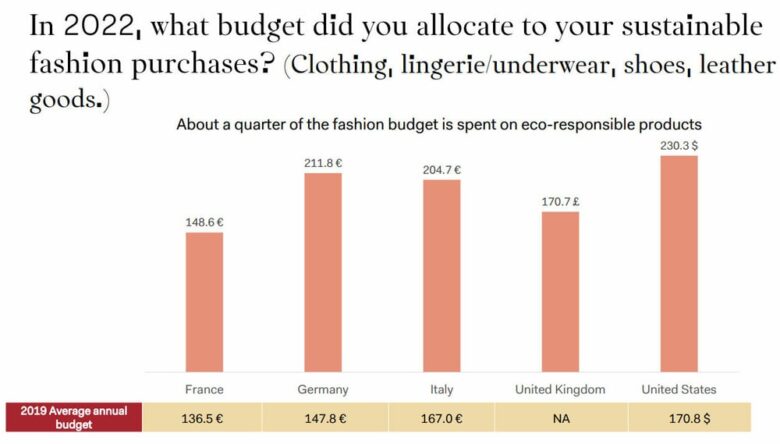
Source: ww.fashionnetwork.com
Historical Perspective
The roots of sustainable fashion can be traced back to the mid-20th century when concerns about the environmental and health impacts of conventional farming practices started gaining traction. Early proponents of sustainable agriculture sought to create a holistic system that minimized the ecological footprint of textile production. This laid the groundwork for the sustainable fashion movement, which gained momentum in the late 20th century and has continued to flourish in the 21st century.
Factors Driving Popularity
Several factors contribute to the increasing popularity of sustainable fashion. Heightened awareness of environmental issues, coupled with a growing desire for sustainable lifestyles, has prompted consumers to reevaluate their choices, including their clothing preferences. The fashion industry, in response to this shift, has embraced sustainable practices as a viable and ethical alternative to traditional apparel.
Role of Consumer Awareness
Central to the rise of sustainable fashion is the awakening of consumer consciousness. Individuals are becoming more discerning about the products they choose, seeking transparency in the production process and evaluating the ethical implications of their fashion choices. This shift in mindset has propelled sustainable fashion from the fringes of the fashion industry to the forefront of a burgeoning movement towards sustainable and responsible consumerism.
Environmental Benefits

Source: freepik.com
Reduced Environmental Impact
The ecological benefits of sustainable fashion are substantial. Unlike conventional cotton farming, which relies heavily on synthetic pesticides and fertilizers, sustainable farming methods prioritize natural and sustainable practices. This approach reduces the environmental impact associated with water pollution, soil degradation, and the overall carbon footprint of clothing production.
Sustainable Farming Practices
Sustainable fashion champions farming practices such as crop rotation, intercropping, and the use of natural fertilizers. These techniques not only preserve soil fertility but also promote biodiversity and reduce the need for synthetic inputs. The result is a more harmonious relationship between agriculture and the environment, mitigating the negative effects traditionally associated with conventional cotton farming.
Importance of Biodegradability
In addition to its cultivation methods, the biodegradability of sustainable fashion materials sets it apart from its conventional counterparts. Sustainable textiles, often derived from natural fibers like hemp and bamboo, break down more easily after disposal. This contrasts with synthetic fabrics that contribute to the persistence of microplastics in landfills and oceans, further highlighting the eco-friendly nature of sustainable fashion.
Fashionable Innovation
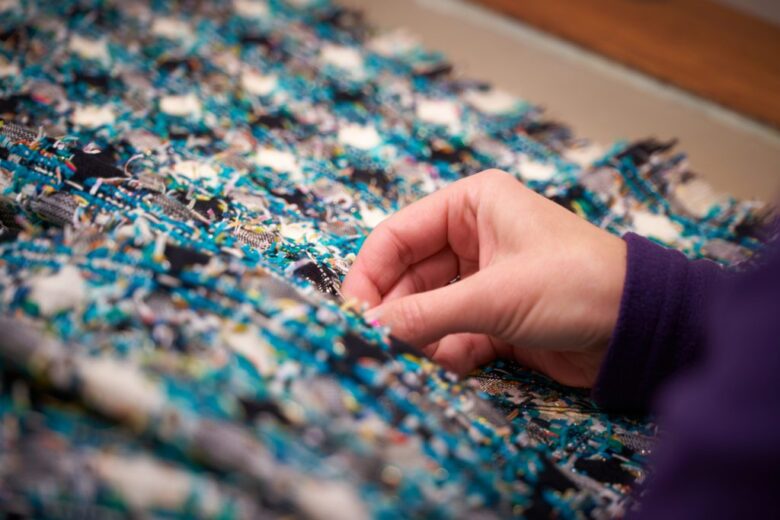
Source: ukft.org
Incorporation of Sustainable Textiles
Sustainable fashion has transcended its initial reputation for being solely utilitarian and has entered the realms of high-end fashion. Leading designers and brands have embraced sustainable textiles, incorporating them into their collections with a keen focus on style and aesthetic appeal. This integration of sustainable materials into mainstream fashion symbolizes a departure from the notion that sustainability comes at the cost of style.
Designers and Brands
Noteworthy designers and brands have emerged as pioneers in the sustainable fashion movement. Stella McCartney, for instance, has championed sustainable and cruelty-free fashion, incorporating sustainable materials into her collections. Eileen Fisher is another trailblazer, emphasizing sustainable practices. These examples showcase that sustainable fashion can seamlessly blend environmental consciousness with cutting-edge design.
Stylish and Trendy Collections
Contrary to the misconception that sustainable fashion lacks variety, it has proven to be versatile and trendy. Collections featuring vibrant colors, innovative designs, and chic silhouettes have challenged the perception that eco-friendly fashion compromises on style. From casual wear to haute couture, sustainable fashion has carved a niche for itself, attracting fashion-forward individuals seeking a combination of ethics and aesthetics.
Consumer Consciousness

Source: businessandindustry.co.uk
Changing Consumer Attitudes
The shift towards sustainable fashion is intrinsically linked to changing consumer attitudes. As individuals become more informed about the environmental and social impacts of their choices, they seek products that align with their values. Sustainable fashion, with its emphasis on sustainability, fair labor practices, and transparency, resonates with the growing segment of consumers prioritizing ethical considerations in their purchasing decisions.
Role of Education and Awareness
Education plays a pivotal role in fostering consumer awareness. As organizations and influencers actively promote the benefits of sustainable fashion, consumers gain insights into the positive environmental and social aspects associated with these choices. Increased awareness not only drives demand for sustainable fashion but also encourages a broader shift towards sustainable and responsible consumer behavior.
Case Studies of Successful Brands
Examining the success stories of sustainable fashion brands provides valuable insights into the changing landscape of consumer preferences. Brands like Patagonia, known for its commitment to environmental stewardship, have not only built a loyal customer base but have also influenced other players in the industry. The success of these brands underscores the market potential for sustainable fashion and signals a paradigm shift in the way consumers perceive and value their clothing.
Challenges and Solutions
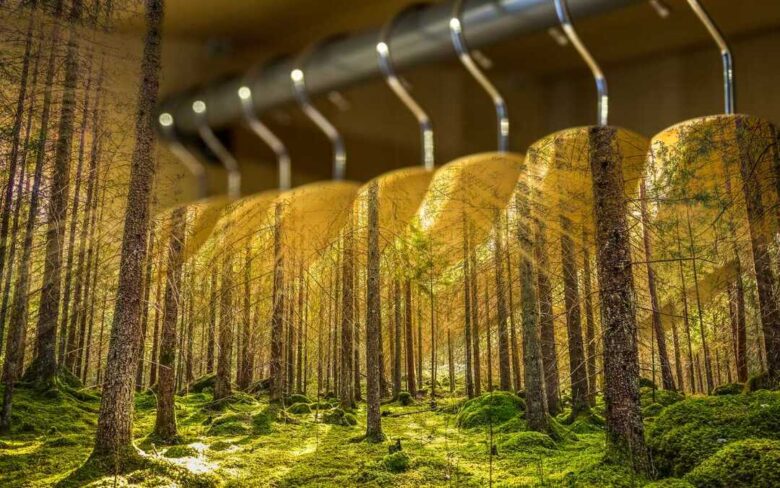
Source: hw.ac.uk
Addressing Common Misconceptions
Despite the progress made in the sustainable fashion movement, there are lingering misconceptions that need addressing. Some consumers still associate sustainable fashion with limited options, higher costs, or lower durability. Dispelling these myths requires proactive communication and education to showcase the diverse and evolving nature of sustainable fashion.
Overcoming Production and Distribution Challenges
Challenges in the production and distribution of sustainable fashion, such as limited availability and higher production costs, need to be addressed for wider adoption. Innovations in manufacturing processes, increased collaboration across the supply chain, and the development of more sustainable distribution models are crucial in overcoming these obstacles.
Innovations in Sustainable Fashion Technology
Technological advancements are playing a pivotal role in overcoming challenges associated with sustainable fashion production. From the development of new sustainable textiles to innovative dyeing processes, technology is contributing to the evolution of sustainable fashion. Continued research and development in this field will further enhance the feasibility and accessibility of sustainable fashion.
The Future of Sustainable Fashion
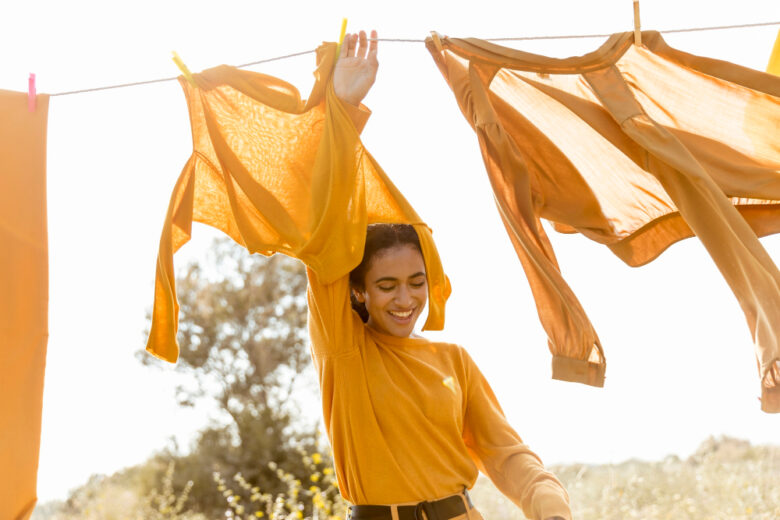
Source: freepik.com
Predictions for Continued Growth
The trajectory of sustainable fashion points towards continued growth and integration into mainstream fashion. As consumer awareness expands and demand for sustainable products rises, sustainable fashion is poised to become a staple rather than a niche. This evolution is not only indicative of changing consumer preferences but also signals a broader shift towards a more sustainable and ethical fashion industry.
Anticipated Advancements
The future of sustainable fashion holds exciting prospects for innovation. Anticipated advancements include the development of new sustainable materials, improved manufacturing processes, and the incorporation of circular fashion principles. These initiatives aim to further minimize the environmental impact of clothing production while maximizing the longevity and recyclability of garments.
Role in Shaping the Fashion Landscape
Sustainable fashion is not merely a trend but a catalyst for change within the fashion landscape. Its influence extends beyond individual garments to impact the industry’s practices as a whole. As more designers and brands adopt sustainable approaches, the entire fashion ecosystem is compelled to reevaluate its values, prioritize ethical considerations, and embrace eco-friendly practices. The adoption of sustainable fashion is reshaping the fashion landscape, pushing for a more responsible and sustainable industry.
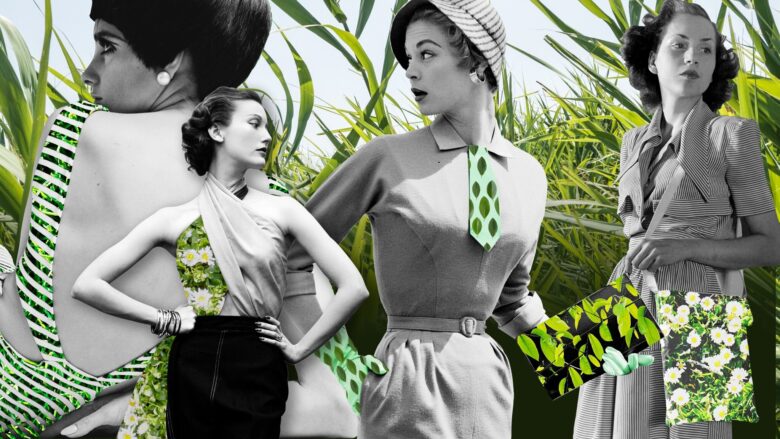
Source: 4tify.co
In conclusion, “Nature’s Attire: Sustainable Fashion’s Revolution” reflects not just a trend but a paradigm shift in the world of fashion. From its humble origins rooted in environmental concerns to its current status as a symbol of sustainable chic, sustainable fashion has come a long way. The industry’s response to consumer demands for transparency, ethical sourcing, and eco-conscious practices has positioned sustainable fashion as a force for positive change, ushering in an era where style and responsibility converge for a more conscious and harmonious fashion future.
